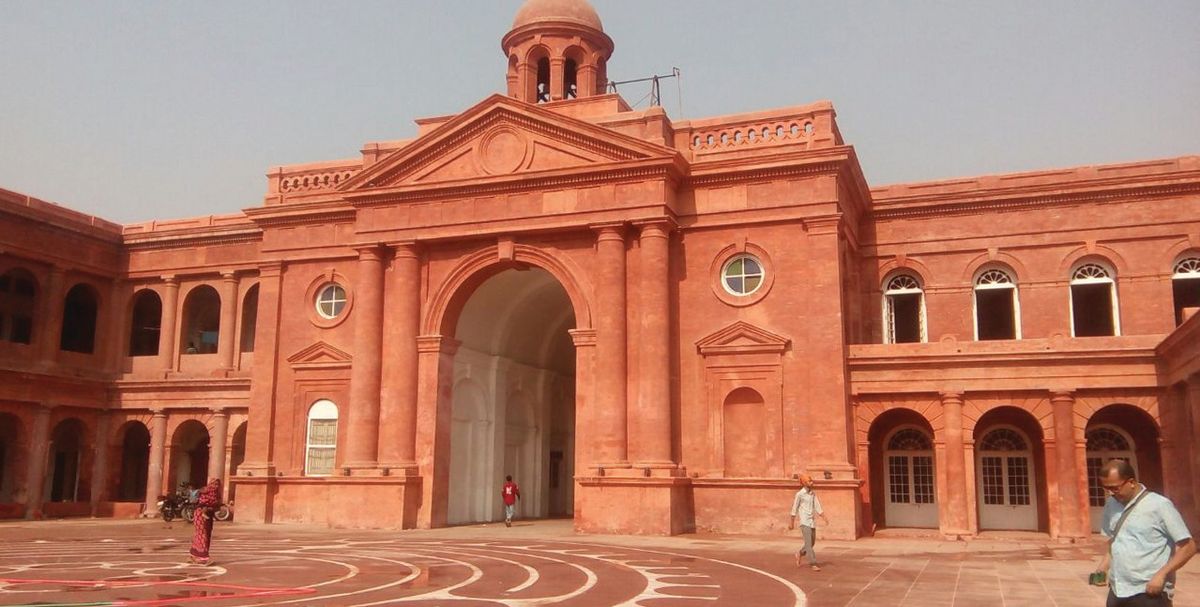Seventy years after the traumatic division of Pakistan and India at the close of the British Empire, the world’s first Partition Museum has formally opened to the public. Housed in the colonial-style Town Hall in the Indian border city of Amritsar, the 17,000 sq. ft museum has crowdsourced much of its collection from the families of some of those caught up in the largest mass migration in history. An estimated 14 million people were displaced. Artefacts range from identity cards, steamer trunks and clothing carried by refugees, to works of art and copies of the papers of Lord Mountbatten, the last British Viceroy of India.
Following a soft launch last October, staff were rushing to finalise the exhibits in time for the museum’s official inauguration today (17 August). Two days after India’s Independence Day, the date marks the 70th anniversary of the Radcliffe Award, which determined the border between the newly created countries. “[Cyril] Radcliffe could divide India in five weeks, but it is taking us much longer,” says Kishwar Desai, the Indian novelist who has driven the museum project, referring to the British lawyer who chaired the boundary commission. “Ours is going to be a work in progress.”
The museum has received curatorial assistance from the London School of Economics and the University of Cambridge, as well as access to key colonial-era documents in the collections of the British Library and the National Archives. The Punjab government provided the newly renovated Town Hall building and declared it part of Heritage Street, a remodelled stretch connected to the Golden Temple complex, Sikhism’s holiest site.
Fourteen galleries present a “variety of stories” from the turbulent period, Desai says. The museum does not shy away from the massacres, but it also stresses that cholera, hunger and monsoon rains contributed to the deaths of up to two million people, and that the divided communities helped each other. One gallery tells of a Muslim tailor who helped a Hindu family of goldsmiths in Bahawalpur, now in Pakistan, to escape with some of their valuables in Muslim-style clothes he stitched for them.
Art is an integral part of the museum, which previewed its collection and recorded oral histories from Partition survivors at the India Art Fair in January 2016. Among the works on view are vivid sketches and sculptures of human suffering by Sardari Lal Parasher, the former vice principal of Lahore’s Mayo School of Arts (now Pakistan’s National College of Arts), who became a refugee camp commander after he was forced to leave for India. In a moving letter, he appeals in vain for the return of his art.
• For the full version of this article, see the September issue of The Art Newspaper


